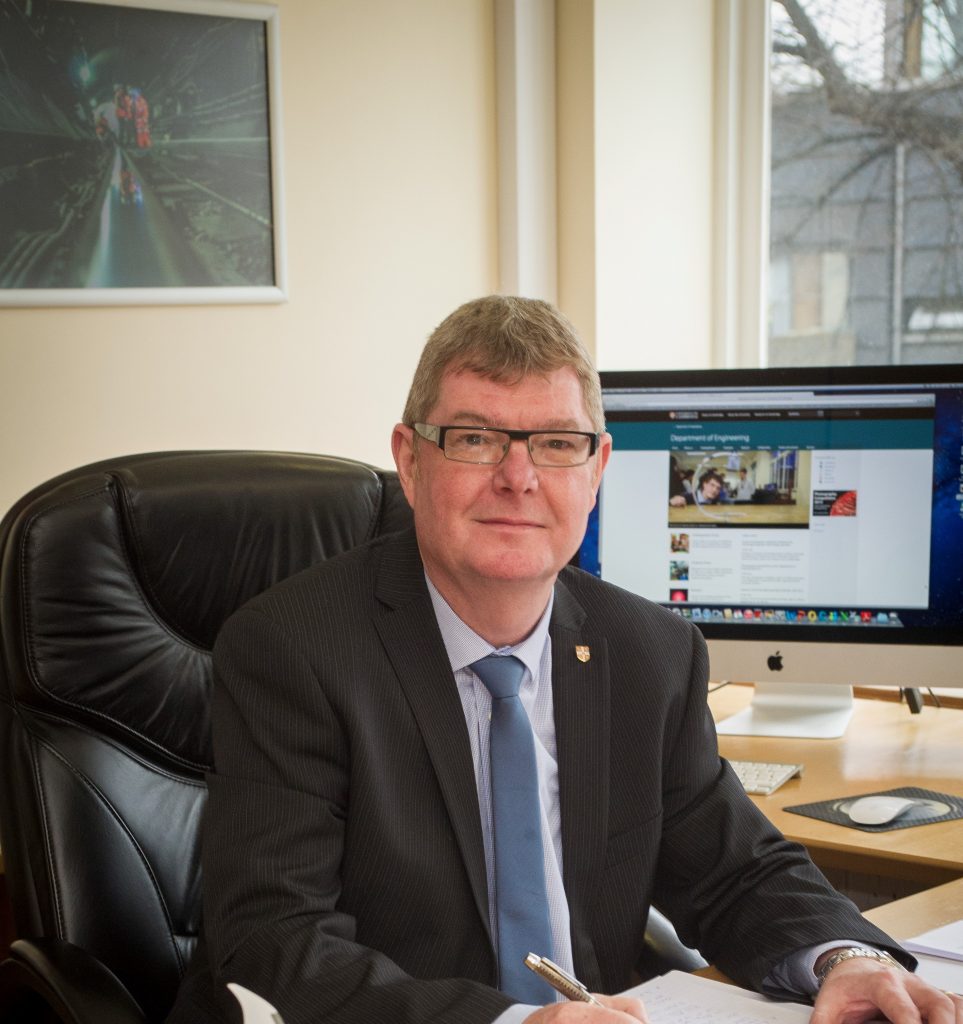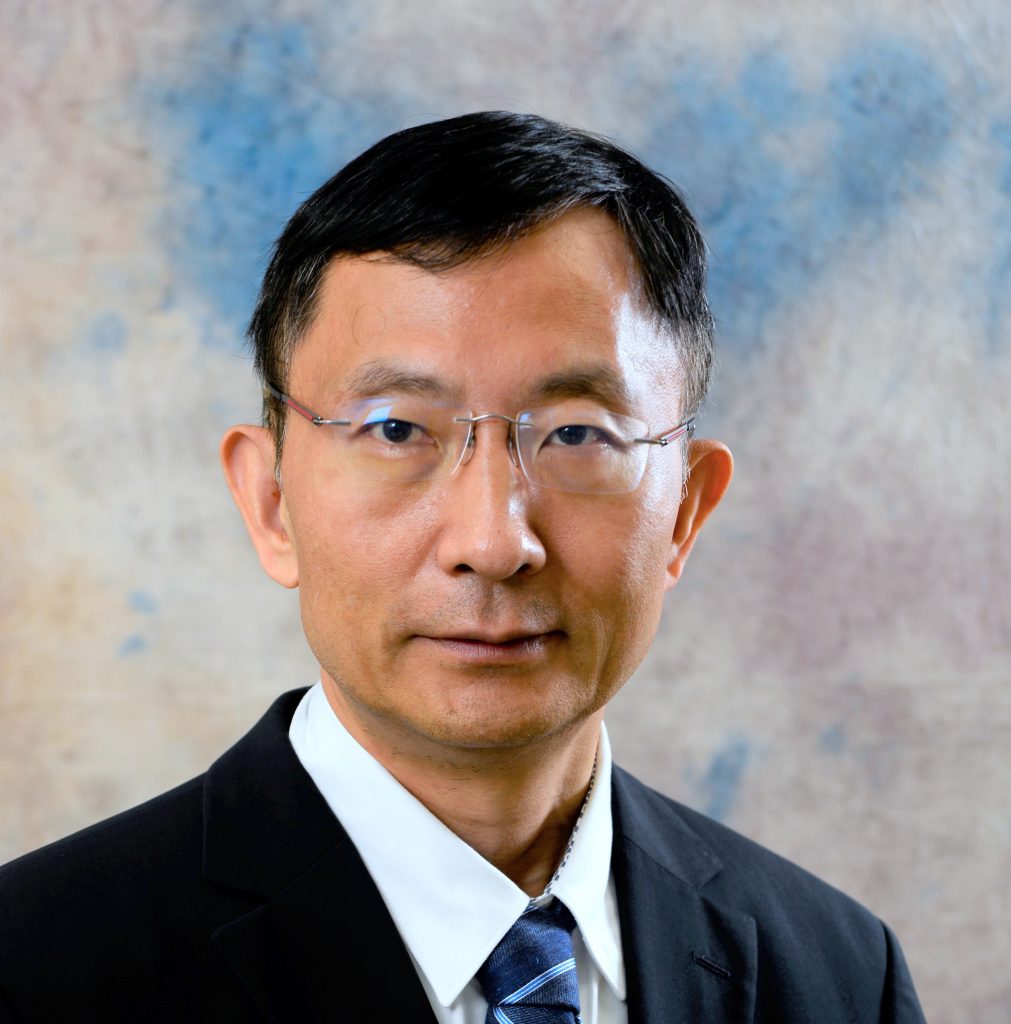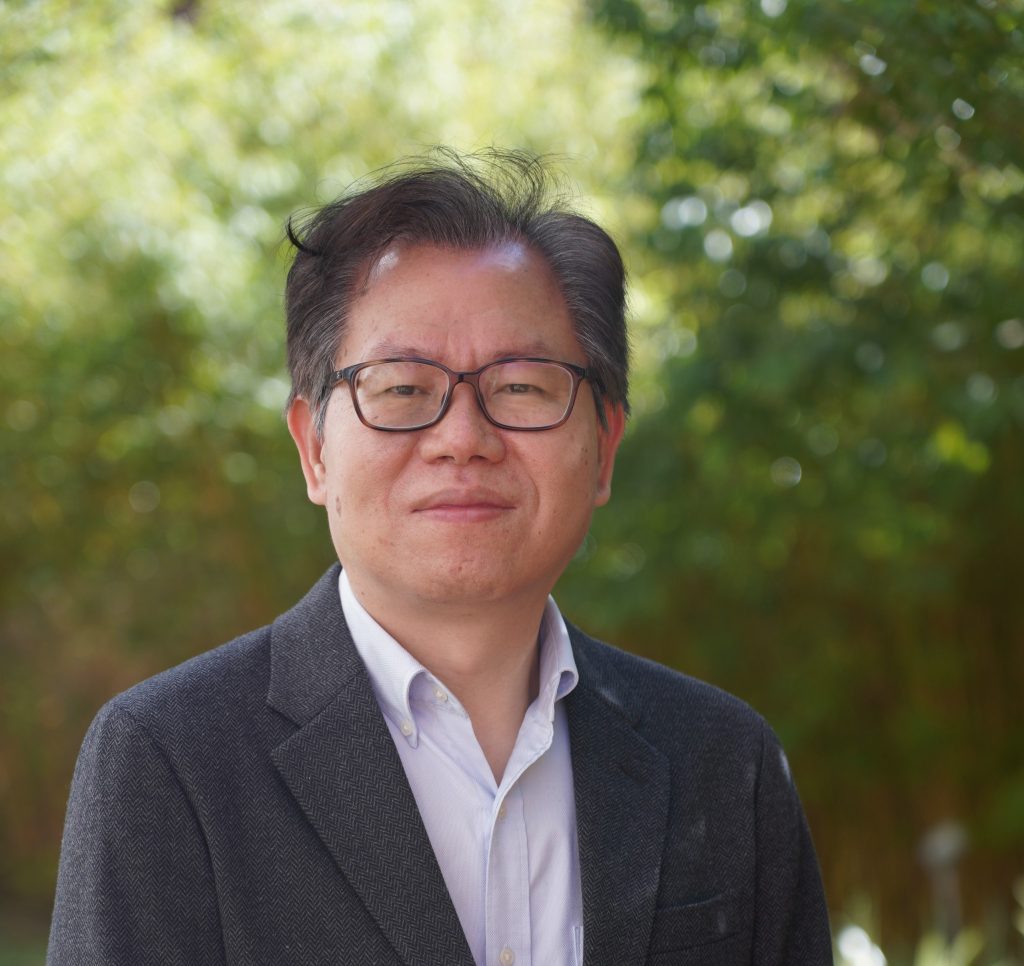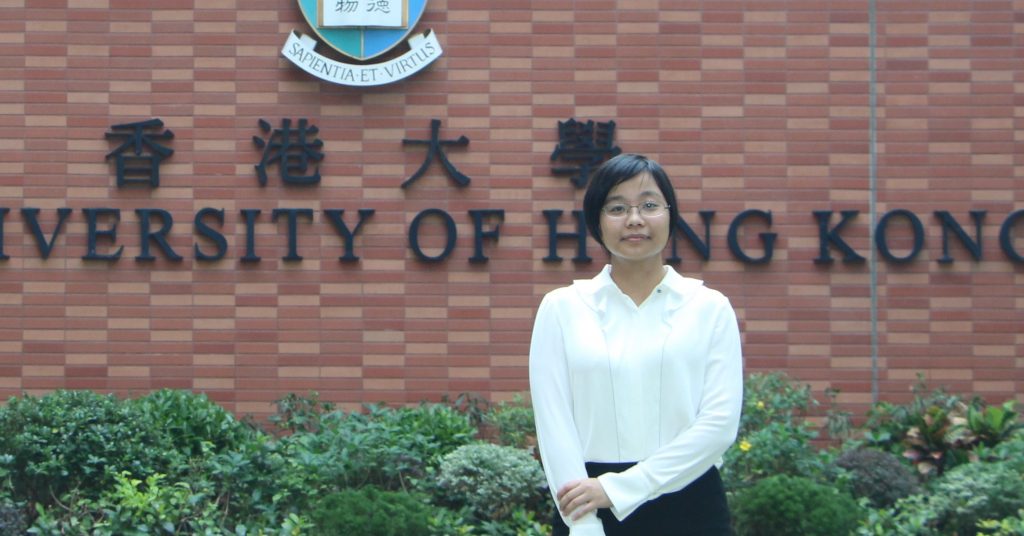TechTalk – (RE)-Ba-Cu-O Single Grain Bulk Superconductors with Improved Superconducting and Mechanical Properties
Extensive research has been carried out over the last three decades, in general, and over last 10 years, in particular, to produce single-grain, high-performance RE-Ba-Cu-O [(RE)BCO bulk superconductors, where RE is a rare earth element or yttrium, for a variety of high field engineering applications. Sample assemblies of bulk (RE)BCO bulk superconductors reinforced under different configurations, remarkably, have enabled trapped fields of more than 17.5 T to be achieved, which is the current world record. More recently, hybrid (RE)BCO bulk superconductors containing Ag, composite and fibre-reinforcements are being developed specifically for both conventional, static devices and more challenging engineering applications where the presence of large electromagnetic stresses has been of concern for the operation of these ceramic-like materials. This seminar will describe the key developments in the processing and properties of high-performance, state-of-the-art (RE)BCO bulk superconductors with a view to develop practical applications over the next 5 years.










